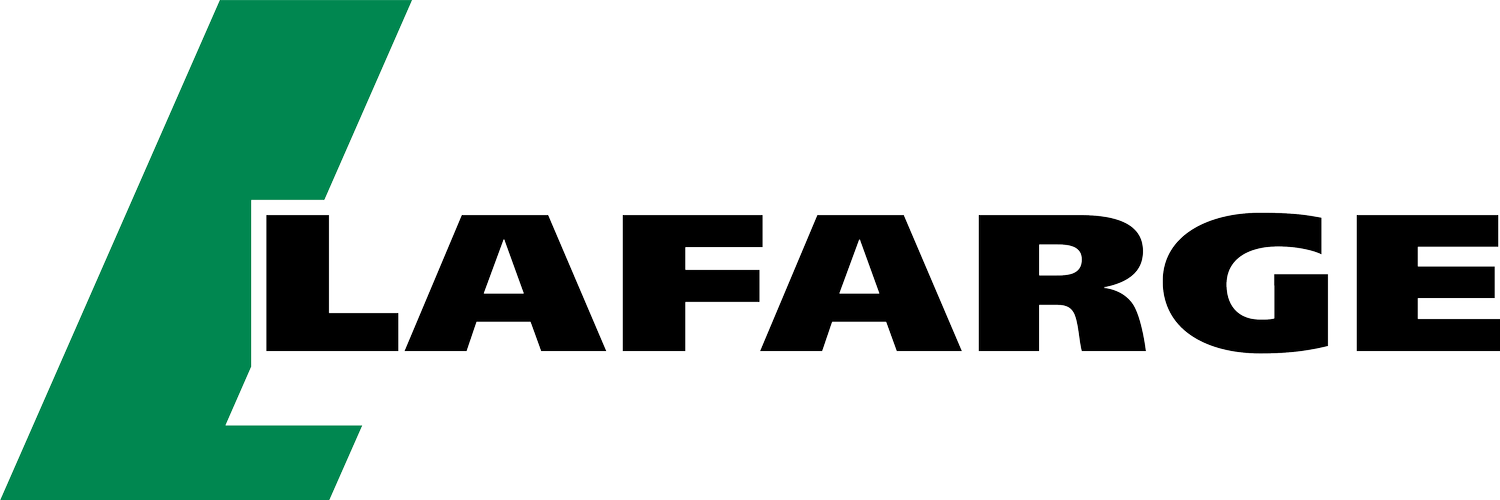
Exshaw Residents FAQ
Frequently Asked Questions
-
This location was chosen in the early 1900s because of the abundant quantity and quality of limestone, the availability of the nearby power sources and its proximity to the CPR’s rail line. Read more about our history here.
-
Cement is the key ingredient in concrete; the ingredient that binds everything together and allows companies to construct the buildings we live and work in and the roads we drive on every day. Lafarge products are in 80 per cent of buildings and roads in Western Canada.
-
We have an active Fugitive Dust Mitigation Strategy that includes treating the area roads with environmentally friendly calcium chloride and ensuring proper cleaning protocols are followed daily. In 2024, we will be installing windscreens to reduce the dust volume carried into the nearby community as well.
-
Our plant is carefully monitored and operates below the prescribed limits from the Environmental Protection and Enhancement Act. We remain within the Alberta Ambient Air Quality Objectives. These objectives protect both environmental and human health. Learn more about these objectives here.
In addition, we also participate in ongoing air quality monitoring with both weekly and monthly reports. Click here to view the latest Air Quality reports.
-
While it might look like smoke, it’s actually steam. Our kilns heat to a temperature of 2000 degrees celsius and with that comes the release of steam, similar to when you boil a pot of water on the stove. There is no environmental or health concern with this release of steam. Look at the photos below to see the difference the weather makes in how the stacks appear.
-
Lafarge Canada is committed to becoming a net zero company and decarbonizing building materials. Everything we do is focused on sustainability and contributing to a circular economy. From recycling concrete to using low carbon fuels, we are continually making changes and adjusting the way we manufacture to help achieve these goals and protect our planet.
You can read more about our Low Carbon Fuel project here and click here for more environmental initiatives.
-
Trucks are one of the primary ways we get the cement to our distribution centres. In the summer, there are approximately 200 trucks a day. Every truck is required to follow a strict cleaning process before they leave the site to reduce the amount of dust transfer onto Highway 1A.
-
If you have any concerns or complaints go through the CPR website . Please note the date and time and report the issue directly to Canadian Pacific Kansas City Public Safety Communication Centre at 1-800-716-9132, or you can submit your concerns through the CPR website.
Lafarge and Canadian Pacific Kansas City understand your concerns, and we are working with the MD of Bighorn toward a solution.
The photo on the left was taken in the spring/summer. The photo on the right was taken in the winter.
Operations are the same in both images.


